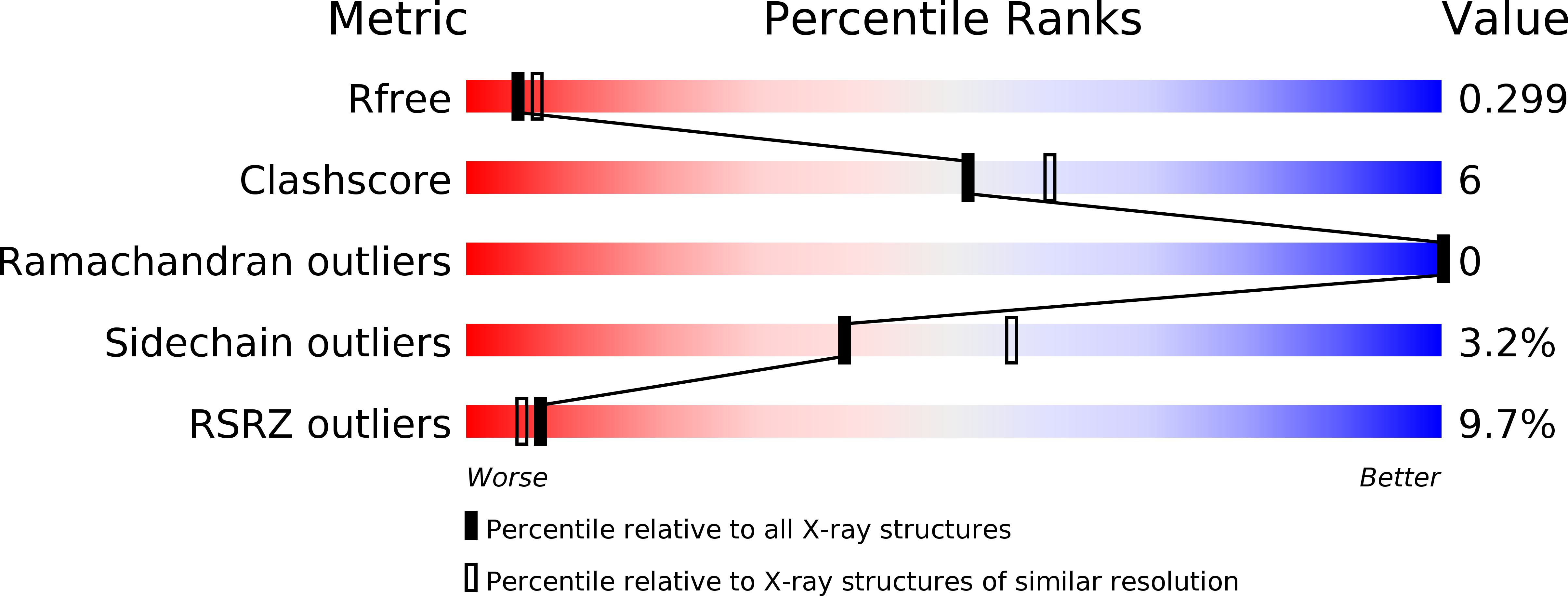
Deposition Date
2017-02-19
Release Date
2018-03-21
Last Version Date
2024-11-06
Entry Detail
PDB ID:
5UV6
Keywords:
Title:
Crystal structure of human Opioid Binding Protein/Cell Adhesion Molecule Like (OPCML)
Biological Source:
Source Organism:
Homo sapiens (Taxon ID: 9606)
Host Organism:
Method Details:
Experimental Method:
Resolution:
2.65 Å
R-Value Free:
0.30
R-Value Work:
0.28
R-Value Observed:
0.28
Space Group:
P 41 21 2


